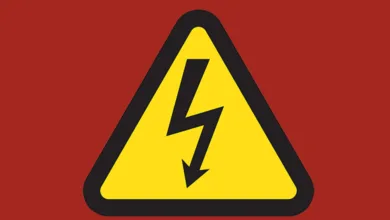
The Social Security Administration released a press release in May on the financial state of the Social Security system. The SSA presents this “Trustees” report each year to the members of the House of Representatives, the Senate, and the President.
I asked Dave Freitag if he could help us understand the report and provide insight into its impact on workers paying into the system.
Freitag: This report aims to make financing the Social Security system as transparent as possible. This report is beneficial for three reasons:
- See how the Social Security Trust funds balances are doing.
- See how long the SSA believes the Trust funds will sustain 100% of the projected benefits into the future.
- Advise Congress and the President that political action will be needed to correct funding shortfalls.
fyi50+: Dave, let’s review these points in order. How is the Trust Fund doing?
Freitag: The SSA is monitoring two trust fund accounts—one account funds retirement and survivor benefits, and the other funds the benefits for disability income. In 2023, the combined accounts went down +/- 41 billion dollars compared to 2022. That is the bad news. However, the good news is that the decline is less than expected. Contrary to popular opinion, the funds are not “broke” and have over 2.788 trillion dollars in reserves to help fund the promised benefits.
fyi50+: How long will the reserves sustain 100% of the projected benefits in the future?
Freitag: Here is another piece of good news. Last year, they projected that the reserves would last with 100% funding of promised benefits until 2034. This year, if you combine the retirement and disability fund accounts, the benefit will last into 2035.
fyi50+: What happens if in 2035 nothing is done?
Freitag: If the funds are combined, in 2035, the SSA would have to reduce payments across the board by +/- 16% to 17%. Again, that is better than last year when the projections ran in the +/-20% range.
fyi50+: A +/- 17% cut is better than a 20% cut, but both ideas are bad news for existing and new retirees.
Freitag: This is very true because Social Security often represents between 39% and up to 50% of a retiree’s income— Any benefit reduction is bad news.
fyi50+: Has the system ever been in this situation before?
Freitag: The Social Security Trust Fund accounts needed a great deal of help in 1980-81. President Reagan and Speaker of the House Tip O’Neal appointed a bipartisan commission to solve the problem. Allen Greenspan chaired this Commission. Their recommendations were approved by Congress and signed by President Reagan in 1983. We still use most of these rules proposed by this Commission in 1983.
fyi50+: What must Congress do to “fix” the system?
Freitag: More than one thing is needed to fix the system. It is a combination of things. Congress could increase or remove the wage base cap. Currently, the wage base cap in 2024 is $168,600. Income over that amount is not taxable for Social Security benefits. Removing that cap will go a long way toward funding the shortfall. Another idea is to increase the current 6.2% FICA tax for Social Security to a higher number. Some combination of these revenue ideas will be part of the long-term funding solution.
On the benefits side of the equation, I believe the “definition” of full retirement age will increase from 67 to 68 or 69. This increase will gradually occur and have little or zero impact on workers who are now 50 years old or older.
Combining these ideas into one big fix will fund the Social Security system for the next +/- 75 years.





